We look back at the ’90s with newfound respect these days.
The decade lacked the signature style of the ‘80s, and few films or TV shows sing its praises.
The ‘80s has “Stranger Things,” “The Wedding Singer” and “Hot Tub Time Machine,” to name just a few movies honoring the decade. The ‘90s? We’re still waiting, and flops like “Mid90s,” Jonah Hill’s respectable debut as writer/director, don’t count.
It’s still the last decade when free speech reigned supreme. Political correctness began in that era, but it didn’t fully take over Hollywood … yet.
What’s undeniable? The ‘90s wrapped with a remarkable year for film. Stunning, even.
“The Matrix”
Yes, the ensuing sequels got worse, and worse, until the fourth film in the saga left almost everyone cold. That doesn’t diminish the original, a cultural behemoth that revived star Keanu Reeves’ career and set a new standard for action movies.
Introducing … Bullet Time.
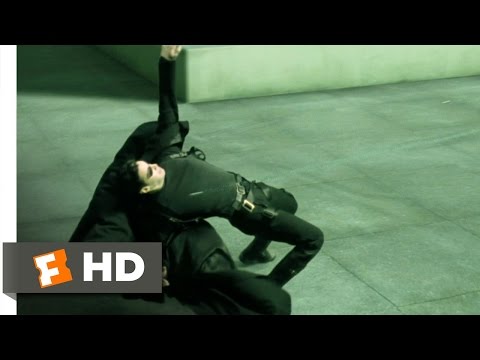
Reeves stars as Neo, the most consequential figure in a horrifying new reality. Machines now run society, but most live blissfully unaware of this truth. Reeves’ computer programmer learns about this dystopian wrinkle as well as the role he may play in overturning it.
It’s heady fare, both then and now, but the Wachowskis handle the cyberpunk elements with elan. Hugo Weaving is the personification of our machine overlords with his stoic Agent Smith.
Need more? Add powerful turns by Laurence Fishburne and Carrie-Ann Moss as Neo’s support system.
The visuals remain jaw-dropping despite recent FX advances, and the throbbing score is instantly identifiable. Now, can we pretend the saga started, and ended, in 1999?
Please?
“Office Space”
Cubicle life today is different than what writer/director Mike Judge captured in his box office dud. We now work from home more than ever, and Zoom calls replace some face-to-face meetings.
Jeffrey Toobin reportedly is NOT a fan.
Yet the DNA of the modern work place remains the same, one reason Judge’s droll comedy became a cult comedy obsession.
- The unctuous boss
- The maddening rules that make no sense
- The oddball co-workers who obsess over office supplies
- The wish fulfillment of smashing the office printer into a million plastic pieces
It’s all here, and it didn’t take long for “Office Space” to shift from a flop to one of the most quoted cult films in history.
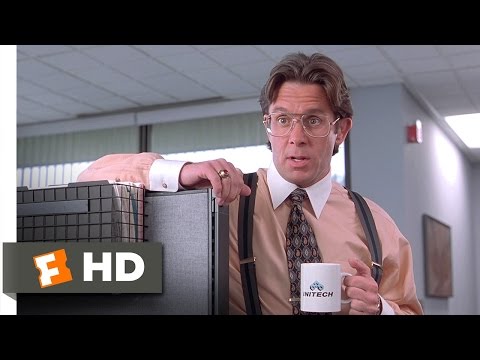
Some movies attain cult status for curious reasons, like being so bad they’re suddenly good. Take a bow, “Troll 2″ and “The Room.”
Not “Office Space.” It’s smart and sobering, an ensemble piece where every bit part has a chance to shine. Even the “O-face” guy.
Judge later recalled how difficult the marketing pitch behind the film proved. He disapproved of the trailer cuts the studio preferred, and he realized the challenge of capturing the comedy’s unique brand of humor in slick sound bites.
The film made just $12 million upon its initial release, leaving Judge dejected. The reactions to the film assuaged some of those hard feelings. Chris Rock sang the film’s praises via a voice mail message left for Judge. And Jim Carrey invited the budding filmmaker to his house to cheer his work personally.
“Election”
Director Alexander Payne revealed plenty about American politics by focusing on a high school campaign that quickly goes south.
A dialed-in Reese Witherspoon plays Tracy Flick, the ultimate go-getter. She’s a wunderkind without the moral compass to corral her intentions. A shlubby Matthew Broderick shines as a teacher who tries to reign Tracy in, with increasingly bad results.
It’s David vs. Goliath, and Broderick’s character doesn’t even have a slingshot.
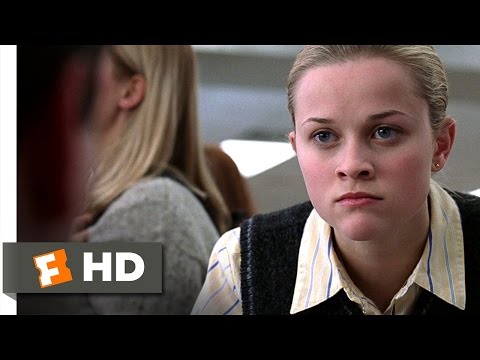
Payne shrewdly lets his parable play out without any real-world connections. Audiences can figure out how Tracy’s campaign compares to actual politicians, and how the unchecked egos on display reveal plenty of our system’s flaws.
The story’s inspiration came partly from the 1992 presidential campaign, according to the author of the book which spawned the movie. Tom Perrotta says he became obsessed with that year’s presidential slugfest, one made more colorful when Ross Perot entered the race as a formidable third-party candidate.
The most curious feedback Payne ever received about the film? Future president Barack Obama told him, twice, it’s his favorite political movie.
“American Beauty”
It’s a Best Picture winner that gets second-guessed at every opportunity. That’s a shame since director Sam Mendes’ suburban nightmare remains compelling no matter how many times you see it.
Kevin Spacey plays a disillusioned family man on the verge of a breakdown. He’s cuckolded by his hard-charging wife (Annette Bening) and distracted by his daughter’s comely friend (Mena Suvari).
Creepy? Intentionally so.
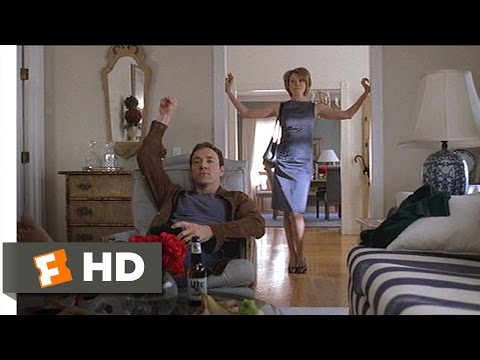
The film’s satirical elements quickly became rote in subsequent years, but that’s hardly Oscar-winning screenwriter Alan Ball’s fault. Hollywood loves to slam suburbia and is equally enamored with depicting homophobes as closeted gay men, like Chris Cooper’s character.
That, plus depicting the family’s teen daughter (Thora Birch) as shy and emotionally distant completes the familiar framing. Yet we rarely deduct points from films for revisiting tried-and-true formulas like the underdog sports team that beat the odds.
The excellent “American Beauty” deserves similar grace.
“The Sixth Sense”
“I see dead people,” child actor Haley Joel Osment whispered in this box office smash, a phrase that quickly entered the lexicon and stuck around for more than two decades.
The movie wasn’t director M. Night Shyamalan’s film debut, but it’s his first time grabbing the zeitgeist. The press infamously dubbed him “the next Spielberg,” which proved to be both an honor and a curse.
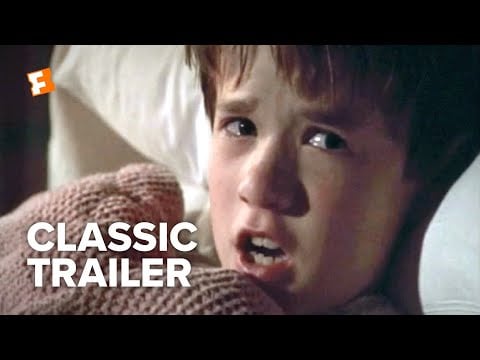
Bruce Willis plays against type as a child psychologist with a curious client. Young Cole (Osment) thinks he can see the dead. Willis’ character is guilt stricken after failing to save a tortured patient. It explains his investment in the lad, something the film depicts in a delicate fashion.
The film’s signature twist is a doozy, the kind that forces us to re-examine everything that came before it. The film’s beauty is how rewarding that process proves. “The Sixth Sense” grows even richer after the final puzzle pieces snap into place.
“Galaxy Quest”
One of the best sketches “Saturday Night Live” cast William Shatner as himself, mocking diehard “Star Trek” fans.
“It’s just a TV show,” he cried before the Comic-Con promoter reminded him of the contract he signed. He quickly has a change of heart.
“Galaxy Quest” takes a more charitable look at both Comic-Con fans and space sagas. What if a “Star Trek”-style show’s cast met real-life aliens? Could they rise to the challenge like they did on the sound stage over and again?
The “SNL” sketch shot fandom through a snarky lens. “Galaxy Quest” is a kinder, gentler homage packed with warm, winning laughs. Tim Allen channels his inner Shatner, bringing swagger to his Kirk-like leader.
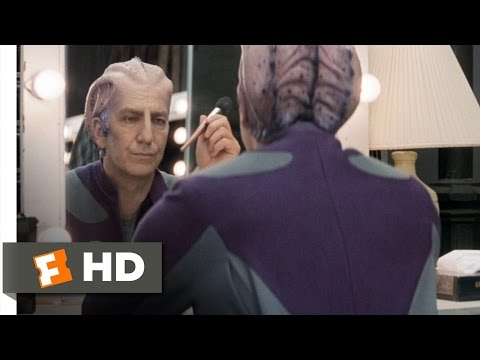
The cast is out of this world, from the great Alan Rickman to Sigourney Weaver who brings some va-va-voom to the proceedings. You’ll even see “The Office” star Rainn Wilson in his feature-film debut.
The film didn’t wow audiences during its theatrical run, but its cult status proved so powerful it inspired “Never Surrender: A Galaxy Quest Documentary.”
One surprising fact about this “Quest?” The great Harold Ramis originally signed on to direct but left the project when casting issues flared up. The story eventually found its way to veteran director Dean Parisot (“Bill and Ted Face the Music,” “Red 2”) who kept the film’s focus firmly in place.
It’s a love letter to both “Star Trek” and its enduring fan base, and as it turns out they can take a joke quite well, thank you.
“Being John Malkovich”
A pair of untested filmmakers made the ultimate meta comedy long before Nicolas Cage spoofed himself in “The Unbearable Weight of Massive Talent.”
Director Spike Jonze and writer Charlie Kaufman’s “Being John Malkovich” took us into the mind of the character actor, but that was only the beginning. The surreal comedy deployed mainstream talents – Cameron Diaz, John Cusack and, of course, Mr. Malkovich – in this giddy tale of creativity, cravings and contempt for our fellow humans.
Cusack plays a puppeteer who unlocks the door into the mind of the titular actor. How he uses this device, and the impact it has on the women in his life, completes this madcap yarn.
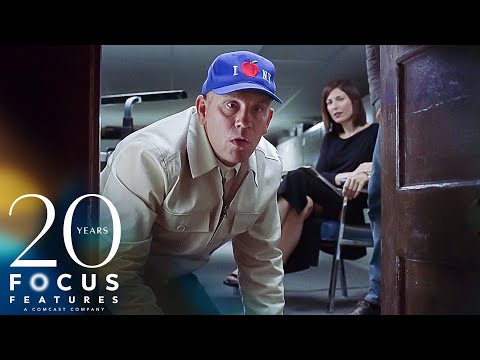
The original ideas ricocheting around “Malkovich” would fuel a dozen movies today. Instead, the project hoarded them together for one delightful lark.
Malkovich resisted the concept at first, wondering why a more famous actor (Tom Cruise?) didn’t get the assignment. He also figured the concept was so outlandish the film would never see the light of day.
It did, and it remains a key reason why 1999 proved such a remarkable year for movies.
“The Blair Witch Project”
It’s the film that has aged the worst on this list, but it’s impossible to say it doesn’t belong. The film officially introduced us to “found footage” horror, a subgenre that empowered storytellers to scare us on the smallest budget possible.
That’s no longer necessary given how technology has made the indie film scene accessible. Just ask Damien Leone of “Terrifier” fame or even Paul Roland’s “Exemplum,” shot on a shoestring with impressive results.
“Witch” also teased audiences by suggesting it wasn’t a film at all but the recovered clips from a doomed expedition. The Internet was still new-ish at the time, and enough people believed the false narrative to spike ticket sales.
The film itself is a hoot, an experiment in lo-fi fear that works surprisingly well. It demands the audience participate in the shocks, teasing just enough to let us fill in the horrifying blanks.
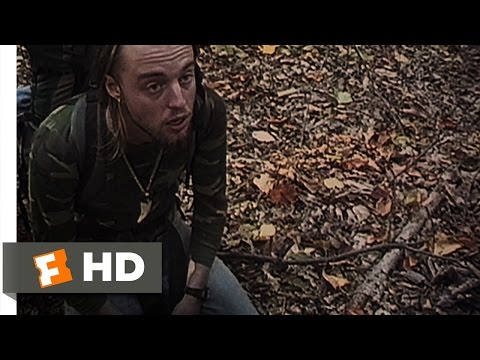
It remains the best found-footage horror film at a dirt-cheap price of $60,000, with movies like “The Taking of Deborah Logan” and “Willow Creek” coming in a respectable second and third.
It’s impossible to see the film today with the same sense of wonder. We know the truth behind the campaign to convince audiences the film’s leads actually met the Blair Witch. Kudos to the filmmakers who created an early web site suggesting just that.
Artisan, the studio which released the film, repackaged the site’s messaging to keep the faux- narrative alive. it worked, and horror movies were never the same again.
“Magnolia”
The success of 1997’s “Boogie Nights” gave Paul Thomas Anderson carte blanche in Hollywood, and the auteur knew those opportunities don’t come around very often.
So he penned a sprawling ode to the San Fernando Valley and hired a deep cast of Hollywood icons, from Jason Robards to Tom Cruise, to bring his vision to the screen.
The latter’s performance, his third Oscar nomination to date, let the mega-star defy everything we know about his on-screen brand. Cruise’s turn as an Andrew Tate-style pitchman became the film’s calling card, a shame given how many rich performances Anderson packed into his messy, vibrant pastiche.
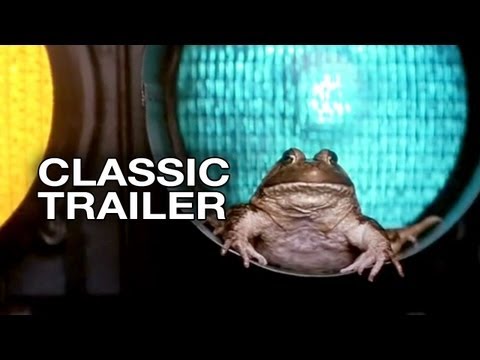
The story hinges on death and regret, with Julianne Moore, Philip Seymour Hoffman and William H. Macy bringing verve and danger to the story.
The scene that left many agog – a downpour of frogs from the sky – comes directly from The Bible. Or so we thought. Anderson claims he didn’t realize that when he originally wrote the screenplay and learned about it from a colleague, actor Henry Gibson of “Laugh-In” fame.
“Bowfinger”
Steve Martin. Eddie Murphy. And Eddie Murphy.
That’s all you need for a comedy to grab your attention. Director Frank Oz’s “Bowfinger” does much more. The man known as Fozzie Bear bit the hand that fed him with the underrated comedy. He skewered Hollywood in ways that defied the stars’ amiable brands.
Martin plays a devious film producer attempting to shoot a film on a microscopic budget. His plan? Stalk a real-life movie star (Murphy) and use the footage to piece together a bona-fide movie.
When the superstar’s twin brother (also Murphy) enters the scene, the stakes (and laughs) soar.
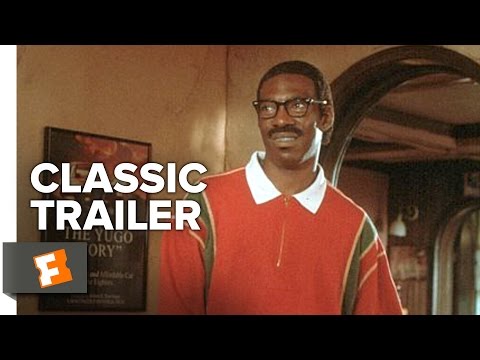
“Bowfinger’s” edge may have taken some by surprise, and one key subplot would be a tough sell today. Heather Graham plays a starlet willing to do anything to climb the cinematic ladder. Martin, rarely cast as a cad, shows little concern for those impacted by his shenanigans.
The post The Very Best Movies from 1999 appeared first on Hollywood in Toto.